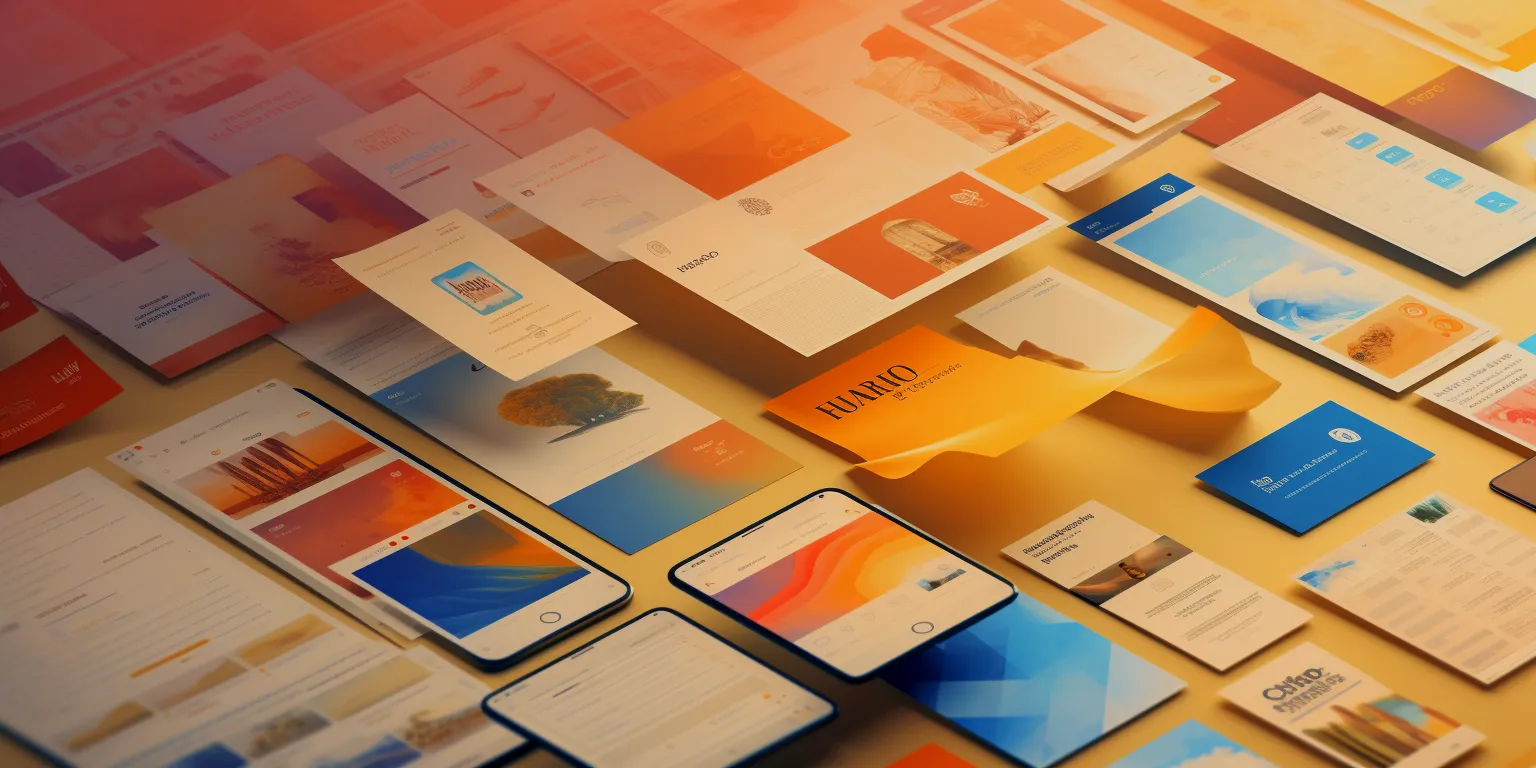In today’s digital age, a strong online presence is essential for businesses to succeed. A well-designed website is at the heart of this presence, and it plays a pivotal role in attracting, engaging, and retaining visitors. But what lies beneath the surface of a visually appealing website? The answer is a harmonious blend of User Experience (UX) and User Interface (UI) design. In this blog post, we’ll explore the significance of UX/UI design in web development and how they work together to create an exceptional online experience.
Understanding UX and UI Design
Before delving into their roles, let’s clarify what UX and UI design mean:
User Experience (UX) Design
UX design focuses on the overall experience a user has while interacting with a website or application. It aims to make the user’s journey as intuitive, efficient, and enjoyable as possible. UX designers are responsible for understanding user behavior, conducting research, and creating wireframes and prototypes to ensure that the final product meets the needs and expectations of the target audience.
User Interface (UI) Design
UI design, on the other hand, deals with the visual aspects of a website. It involves crafting the layout, look, and feel of a site to ensure that it is aesthetically pleasing and user-friendly. UI designers work on color schemes, typography, buttons, icons, and other design elements that users interact with. The primary goal of UI design is to create a visually appealing interface that aligns with the brand’s identity and enhances the user’s experience.
The Interplay of UX and UI Design
The relationship between UX and UI design is often likened to a dance; both partners must work in harmony to create a seamless experience. Here’s how they intersect:
1. Research and User Understanding
UX designers kick off the process by conducting user research. They gather insights about the target audience, their preferences, pain points, and goals. This research lays the foundation for UI design, as it informs the choice of colors, typography, and overall visual aesthetics.
2. Wireframing and Prototyping
Once the UX research is complete, UX designers create wireframes and prototypes that outline the website’s structure and functionality. This is where the UI designer starts to visualize the site’s layout and begins to determine the placement of elements on the page. It’s a collaborative effort that ensures the design aligns with the user’s journey.
3. Visual Design
UI designers are responsible for the visual design aspects. They select the color palettes, fonts, and graphics that match the brand identity and create a cohesive look and feel. This is crucial because the aesthetics significantly impact the user’s perception of the website.
4. Interaction Design
UI design extends to the interaction elements on the website. This includes designing buttons, navigation menus, and interactive elements that enhance the user experience. These design choices should align with the UX research, ensuring that users can easily navigate the site and complete tasks.
5. Testing and Iteration
Throughout the web development process, UX and UI designers collaborate to test the website and make improvements. Usability testing helps identify areas where the design can be refined to enhance the overall experience. This iterative approach leads to a continually improved final product.
The Impact on Business
The symbiotic relationship between UX and UI design has a profound impact on businesses:
1. Increased User Satisfaction
Websites that prioritize UX and UI design are more likely to provide a positive user experience. Satisfied users are more likely to stay longer, engage with content, and convert into customers or clients.
2. Better Conversion Rates
A well-designed website, with a user-friendly interface and a seamless experience, can significantly boost conversion rates. Whether your goal is to collect leads, make sales, or encourage specific actions, a well-thought-out design can make a difference.
3. Competitive Advantage
In a crowded online landscape, a website that stands out with exceptional design and functionality can give you a competitive edge. Users tend to gravitate towards websites that are visually appealing and easy to navigate.
4. Brand Consistency
A cohesive design that aligns with your brand’s identity reinforces your brand image and creates a sense of trust and familiarity with your audience.
In the realm of web development, the role of UX and UI design is undeniable. They are the dynamic duo responsible for creating websites that not only look stunning but also offer a superior user experience. Businesses that invest in UX and UI design are more likely to thrive in the digital world, as they cater to the needs and desires of their online audience. Whether you’re launching a new website or redesigning an existing one, remember that the synergy between UX and UI design is the key to unlocking your website’s full potential.



